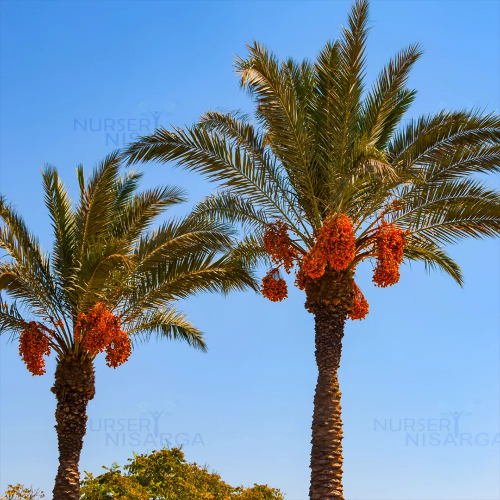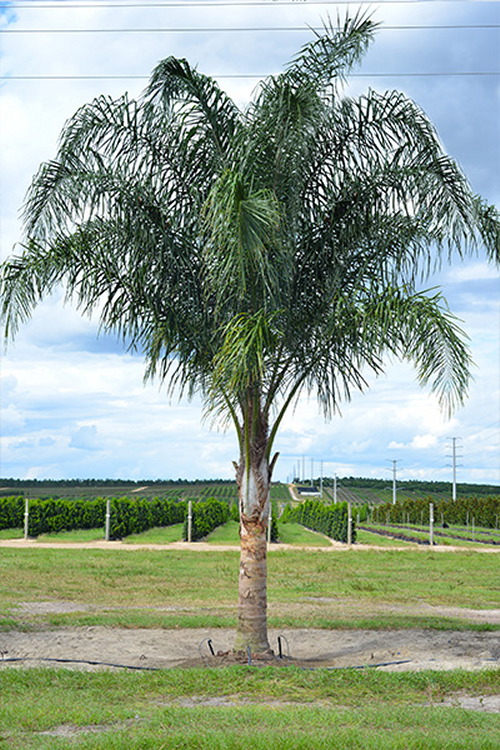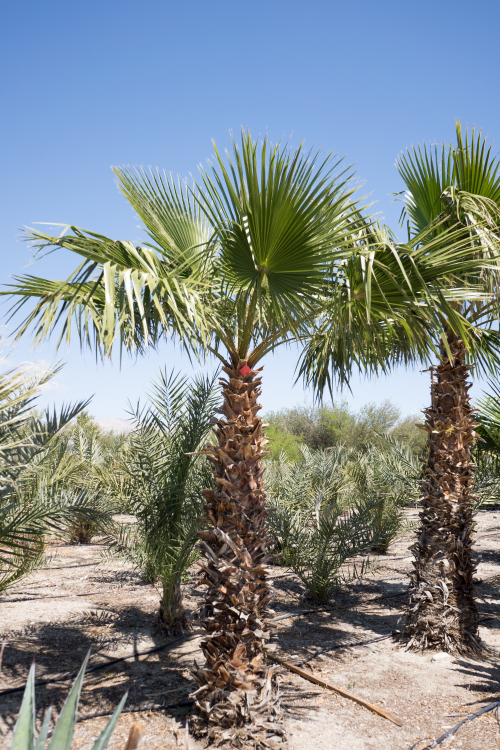Regarding Palm Trees
Palms aren’t trees in the botanical sense; they’re monocots, like grasses.
Some palms (like coconut and date palms) are vital food sources in tropical economies.
Others are purely ornamental, prized for texture and tropical vibes.
Palm trees are a diverse group of tropical and subtropical plants that vary widely in size, shape, and use. Here’s a guide to the most common and popular palm tree varieties, from ornamental species to iconic giants found in landscapes around the world.
Areca Palm (Dypsis lutescens)
Also known as: Butterfly Palm or Golden Cane Palm
Height: 6–12 ft indoors; up to 30 ft outdoors
Features: Clustering stems with feathery, arching fronds
Use: Popular as a houseplant or landscape palm in tropical regions
Coconut Palm (Cocos nucifera)
Iconic for: Tropical beaches
Height: 50–80 ft
Features: Long, graceful fronds; produces coconuts
Use: Edible fruit, oil, and landscape appeal in warm coastal climates
Needs: Full sun, sandy soil, and high humidity
Date Palm (Phoenix dactylifera)
Native to: Middle East and North Africa
Height: Up to 75 ft
Features: Tall, stately trunk with edible dates
Use: Cultivated for fruit; also a decorative tree in arid landscapes
Royal Palm (Roystonea regia)
Native to: Caribbean and South Florida
Height: 50–80 ft
Features: Smooth, column-like trunk and a green crownshaft
Use: Ornamental avenue tree, especially in formal landscapes
Queen Palm (Syagrus romanzoffiana)
Height: 40–50 ft
Features: Arching fronds, clusters of orange fruit
Use: Popular landscape tree for subtropical climates
Note: Can be messy due to fruit drop
Fan Palm / Mexican Fan Palm (Washingtonia robusta)
Height: Up to 100 ft
Features: Slender trunk and fan-shaped leaves
Use: Urban landscapes in warm, dry regions (like Los Angeles)
Pros: Very drought-tolerant
Pygmy Date Palm (Phoenix roebelenii)
Height: 6–12 ft
Features: Miniature date palm with a single trunk
Use: Perfect for patios, poolside planting, or indoor decor
Sago Palm (Cycas revoluta) – Not a true palm
Looks like a palm but is a cycad
Height: 2–10 ft
Features: Stiff, symmetrical fronds; prehistoric appearance
Use: Popular in containers and Japanese-style gardens
⚠️ Toxic to pets and humans if ingested
Bismarck Palm (Bismarckia nobilis)
Height: 30–60 ft
Features: Huge, silvery-blue fan leaves
Use: Statement piece in warm landscapes
Needs: Full sun and space









